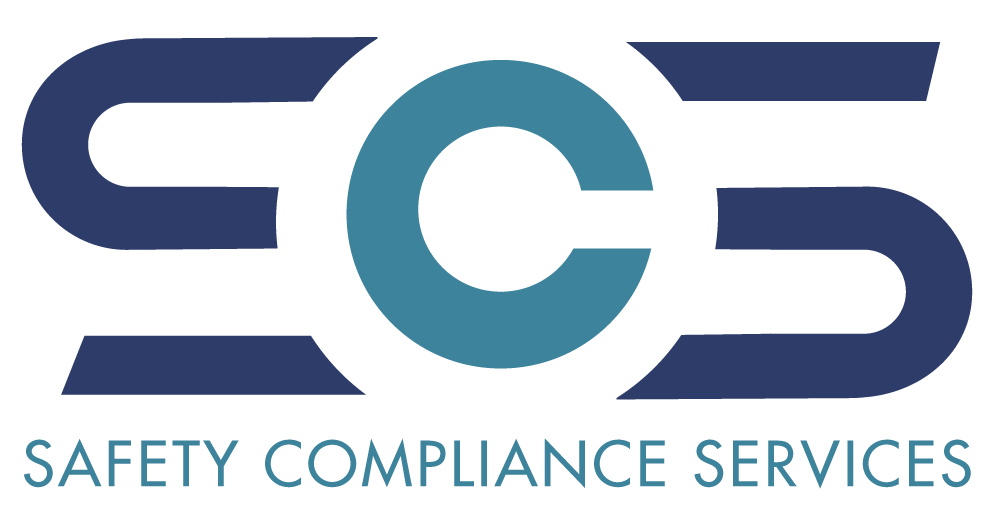All employers must have an Injury and Illness Prevention Plan (IIPP) that is communicated and accessible by all employees of the organization. That means even if you are a/n:
- Independent Film Production Company
- Company Created to Produce a One-Off Show
- Production or Design Studio
- Rental House
- Venue
- Small Company with 1 or 2 Employees
- LLC, Sole Proprietorship, or Any Other Entity
You need an IIPP. What is it, though?
An IIPP is a plan for implementing and maintaining a safe workplace. Each state jurisdiction has specific requirements but they’re based on the federal OSHA (Occupational Safety and Health Administration) laws. OSHA is a regulatory agency under the US Department of Labor for the:
“establishment of ‘common sense priorities’. The priorities were: (1) getting serious about serious dangers; (2) simplifying regulations and eliminating unnecessary rules; and (3) helping America’s small business save money and lives.”
https://www.dol.gov/general/aboutdol/history/carter-osha
The plan should include:
- Management Commitment: Begin by stating the commitment of management to prioritize workplace safety and health. Make sure they understand the importance of providing resources and setting safety goals.
- Assignment of Responsibilities: Assign roles and responsibilities to management, supervisors, and employees regarding safety and health. Clearly define what each level is expected to do to ensure accountability and active participation.
- Hazard Identification: Teach methods and procedures for identifying and assessing workplace hazards. Explain the importance of regular inspections, hazard assessments, and involving employees in the process. Encourage them to report hazards.
- Hazard Prevention & Control: Explain procedures for preventing and controlling identified hazards. Discuss engineering controls, administrative controls, and the use of personal protective equipment (PPE). Emphasize the need for proper maintenance and equipment inspection.
- Safety Training & Communication: Describe the requirements for safety training, including topics, frequency, and delivery methods. Teach employees the necessary skills to perform their jobs safely. Highlight the importance of effective communication channels for safety-related information and feedback.
- Emergency Procedures: Provide clear protocols for responding to emergencies. Teach evacuation plans, emergency contacts, and reporting procedures for incidents and injuries.
- Incident Reporting & Investigation: Instruct employees on how to report incidents and injuries promptly. Explain the process for conducting thorough investigations to identify root causes and implement corrective actions.
- Record keeping & Documentation: Explain the importance of accurate record keeping. Teach employees how to maintain records of incidents, training, inspections, and hazard assessments. Emphasize the accessibility and required duration of these records.
- Program Evaluation & Improvement: Discuss the need for periodic review, evaluation, and improvement of the IIPP. Explain the use of audits, safety committee meetings, employee feedback, and data analysis to identify areas for enhancement.
- Compliance with Applicable Regulations: Ensure that the IIPP aligns with local, state, and federal regulations and industry standards. It’s important to stay updated with changes in regulations and incorporate necessary updates into the plan.
Scope and Accessibility Thresholds
Most employers are governed by the state regulatory OSHA laws as a baseline, but other employers may also be governed by union collective bargaining agreements (e.g. Teamsters, IATSE, SAG-AFTRA, AICP, DGA, PGA, WGA, AEA) as well. Most productions in the events and entertainment world are multi-employer worksites. When multiple employers operate on the same worksite, they often share responsibility for maintaining a safe and healthy work environment. Each employer is responsible for their own employees, but they also have a duty to coordinate and cooperate with other employers to address potential hazards and ensure overall site safety.
The need for a written IIPP may depend on the number of employees an employer has in a given locality. The specific employee threshold is determined by each jurisdiction, and it is important for employers to familiarize themselves with the local regulations. While some jurisdictions may require a written plan for employers with a certain number of employees, others may impose this requirement on all employers, regardless of size.
A key aspect of the IIPP is ensuring that it is accessible to all employees within the organization. This means that employers must communicate the plan to their workforce and make it easily available for reference. Moreover, the plan should be accessible in any language that employees require, ensuring that language barriers do not hinder understanding or compliance.
